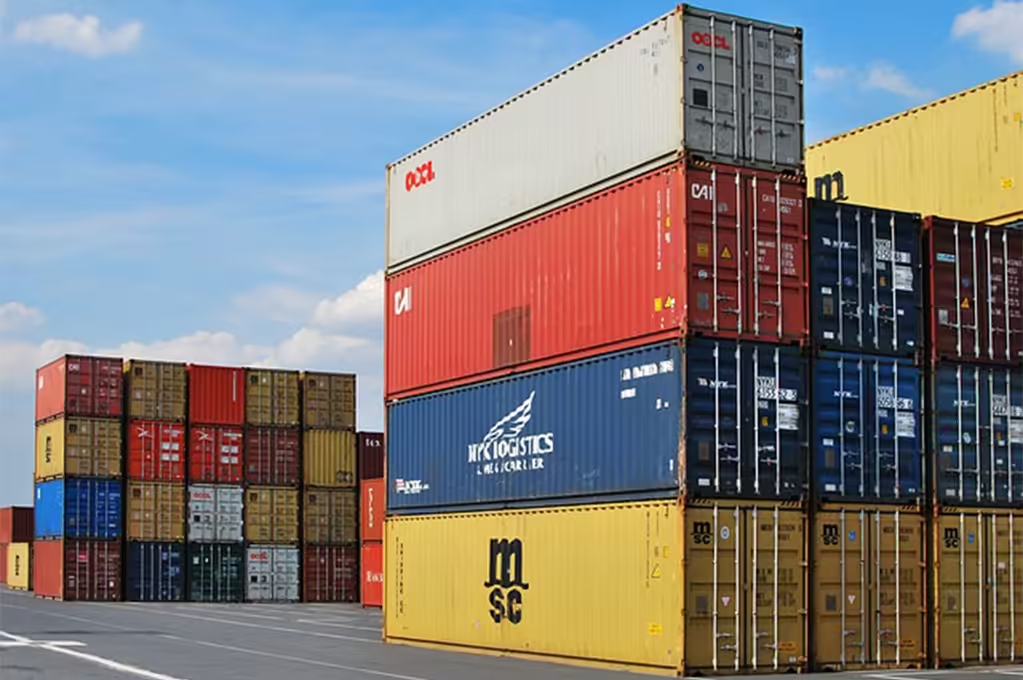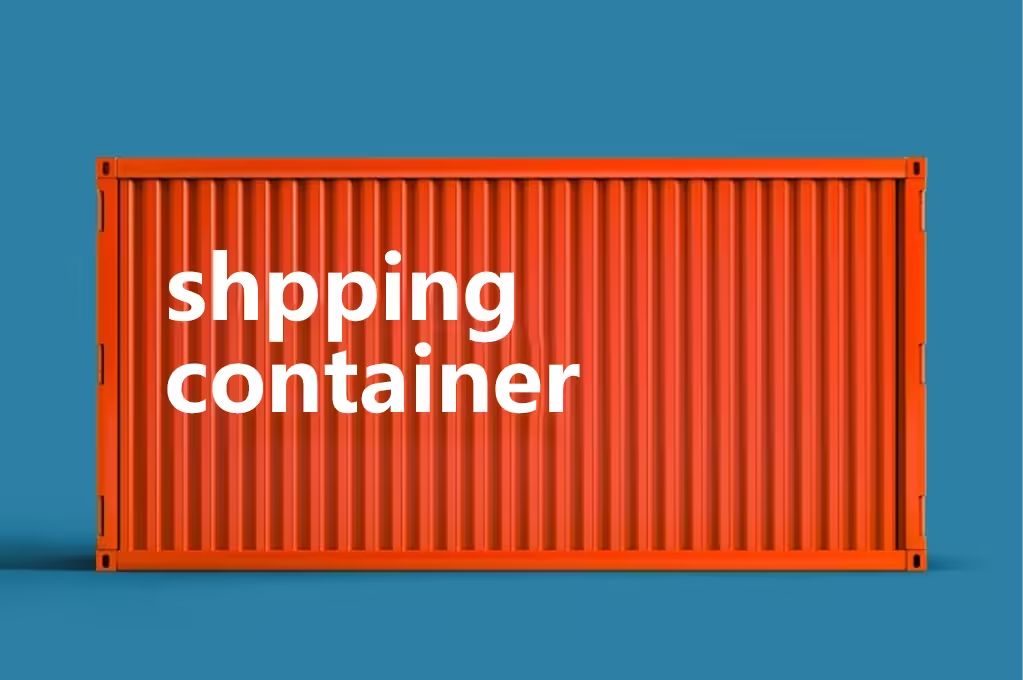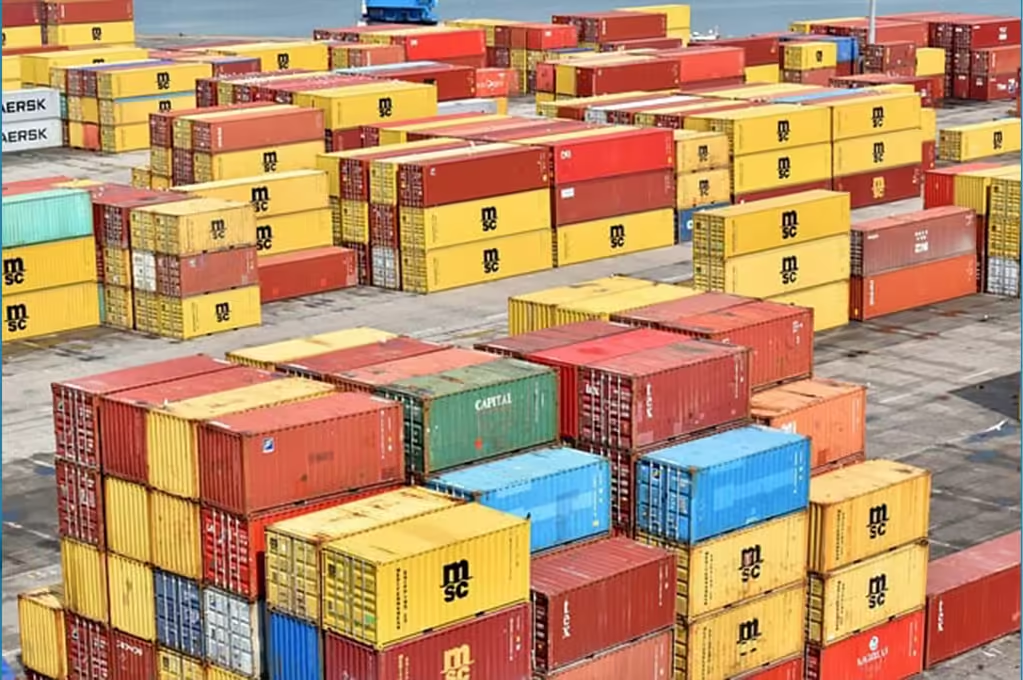The Versatility and Evolution of Shipping Containers
In the bustling world of global trade and commerce, shipping containers have stood the test of time and become an indispensable part of the logistics industry. Since their introduction in the mid-20th century, these humble containers have revolutionized the way goods are transported around the globe. This article will delve into the history, impact, and innovative uses of shipping containers, highlighting their significance in modern society.
A Brief History of Shipping Containers
What is a Shipping Container?
A shipping container is a large metal box used for the transport of goods by various modes of transport—typically ship, rail, and truck—without the need for unloading and reloading the cargo at each transfer point. These containers are designed to provide safe and secure storage for freight during transit, protecting the contents from the elements and unauthorized access.
Shipping containers come in a range of standard sizes, with the most common being 20-foot (6.1 meters) and 40-foot (12.2 meters) lengths, measured in TEUs (Twenty-foot Equivalent Units). They are made from weather-resistant materials, usually corten steel, which makes them highly durable and able to withstand harsh conditions at sea and on land.
The Development of Shipping Containers
The concept of shipping containers dates back to the early 20th century, but it wasn’t until the post-war era that they became standardized and widely adopted. The catalyst for this transformation was an American trucking entrepreneur named Malcom McLean.
Recognizing the inefficiencies in the maritime shipping industry, McLean introduced the first standardized shipping container in 1956. These containers were designed to be sealed units that could be easily transferred between ships, trains, and trucks without the need for unpacking and repacking. This innovation significantly reduced the time and cost associated with cargo handling, paving the way for the explosive growth of international trade in the decades that followed.
The success of McLean’s containers led to the establishment of international standards through the International Standards Organization (ISO), ensuring that all shipping containers could be used interchangeably across different transportation systems. Today, there are over 20 million shipping containers in circulation worldwide, each bearing the ISO logo as a testament to their conformity to global standards.
The Impact on Global Trade and Logistics
The introduction of shipping containers has had a profound impact on global trade. Prior to the standardization of shipping containers, the process of moving goods from one place to another was slow and labor-intensive. With the advent of these containers, the logistics industry saw a significant increase in efficiency. Goods could now be moved from factory to consumer with minimal handling, reducing damage and theft while also decreasing the overall costs of transportation. The ability to stack containers high on ships and in ports has allowed for increased capacity and reduced space requirements. This has led to the development of massive container ships capable of carrying thousands of containers at once, further driving down costs and increasing the volume of trade.
Innovative Uses Beyond Transportation
While shipping containers continue to play a vital role in the logistics sector, they have also found new life in various creative applications. From residential and commercial buildings to pop-up stores and emergency shelters, repurposed shipping containers offer a sustainable and cost-effective solution for construction projects. Architects and builders appreciate the structural integrity and modularity of these containers, which can be stacked, joined together, or used individually to create unique spaces. Additionally, the use of shipping containers in construction reduces waste and minimizes the environmental impact compared to traditional building methods. They have been utilized in creating affordable housing solutions, particularly in areas affected by natural disasters or economic downturns, where quick and sturdy housing is needed.

how much is a shipping container
The cost of a shipping container can vary significantly depending on several factors, including:
- Size: The most common sizes are 20-foot (6 meters) and 40-foot (12 meters) containers. Larger containers generally cost more than smaller ones.
- Condition: Shipping containers are sold in different conditions, such as new (also referred to as “one-trip”), used (which can range from “like new” to “as-is”), and refurbished or modified.
- Location: The price can be influenced by the proximity of the seller to the buyer, as transportation costs can add up, especially if the container needs to be shipped long distances.
- Market Demand: Like any commodity, the price of shipping containers can fluctuate based on supply and demand dynamics.
- Features: Special features like refrigeration (for refrigerated containers or “reefers”) or custom modifications can increase the cost.
As of 2024, prices can range widely:
- A new 20-foot container might cost anywhere from 3,000to5,000 USD.
- A new 40-foot container could range from 4,500to7,000 USD.
- Used containers are generally less expensive, with prices starting around 1,500to3,000 USD for a 20-foot container and 2,500to5,000 USD for a 40-foot container.
It’s important to note that prices can vary greatly depending on the specific market conditions and the supplier. For accurate and up-to-date pricing, it’s advisable to contact local suppliers or dealers who can provide quotes based on current availability and demand.
The shipping container has evolved from a simple means of transporting goods into a multifaceted tool that supports the global economy and inspires creative solutions. As we continue to face new challenges and opportunities in the future, the shipping container will undoubtedly continue to play a vital role, serving as a bridge between diverse sectors and driving progress in unexpected ways.


